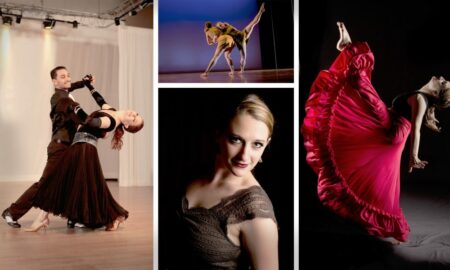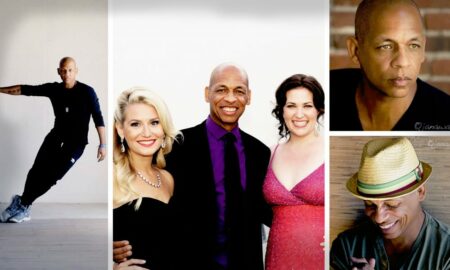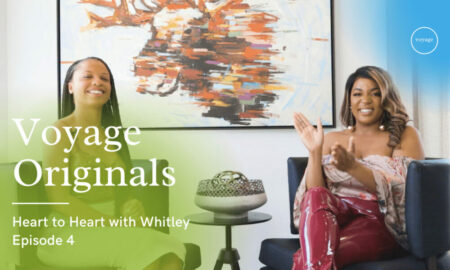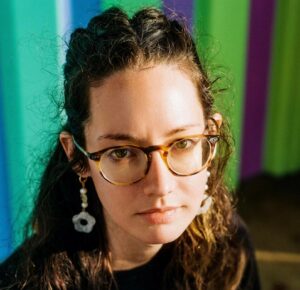 Today we’d like to introduce you to Morgan Echols.
Today we’d like to introduce you to Morgan Echols.
Hi Morgan, please kick things off for us with an introduction to yourself and your story.
I didn’t start painting until I was 26 years old. Before this, I went to the University of Alabama and graduated with a psychology degree. I didn’t put this degree to much use, aside from my first job working as an intake supervisor for an inpatient rehab for drug addiction. It was around the time I left this job for another and started painting that I found myself in a drug addiction.
I was using Tianeptine, which was sold at gas stations and is known as “gas station heroin.” I painted during my off hours as a second job. I was exhausting myself working a full-time job and running home to stay up late painting. I kept this pattern going for 3 years, devoting every free moment to painting, and growing further in my addiction as a means to regulate both my sleep and energy. Painting was my happy place. I convinced myself my life couldn’t be spiraling out of control if I could still create something close to perfection on my canvas. I could get lost in the process and ignore any other issues that I didn’t want to face.
In March of 2021, I had gone as far as I could in my addiction and I knew I couldn’t live like this anymore, I didn’t want to. I reached out to my old contacts at the rehab I had worked for. In just 3 years, I found myself on the other end of that system. I was fortunate enough to go through treatment. When I got out, I did outpatient treatment and had a decision with my FMLA running out. I chose to quit my job and take on painting full-time. I did worry that I would have a different relationship with painting sober, but there was no love lost. Even without a job getting in my way, I still devote all of my time to painting, but now it’s not an escape, it’s just joy.
Some people say that making your passion into a career is an easy way to kill the joy you once found, but in my experience, this is the farthest from the truth. I get to do what I love every single day, and I wouldn’t trade it for anything.
As for my style of painting, I had experimented with many styles, mostly landscape realism, but couldn’t figure out what I was doing wrong. Most of the time, I was choosing what I wanted to paint based on the colors I wanted to use. I was trying to paint what I considered “good art,” but my exposure to art was limited as I had no formal training. I liken finding my style to giving up.
I gave up trying to depict realism, I gave up trying to give in to unknown pressures, and I gave up painting what wasn’t my style. I let myself paint what I wanted to, which was essentially colors and shapes. I later found other incredible artists who paint Hard-Edge style, and my world opened up. I’ve been painting in my style for 5 years now, the last 3 sober. My logo/pfp with the blue concentric circle gradient is the very first painting I made out of rehab.
I took to social media to share my process, as for me the process is just as important as the finished product. My audience grew organically. I give live updates on my IG story of the process for each painting- the decision points, areas that give me trouble, when I’m stuck on what color to use next, etc.
Can you talk to us about the challenges and lessons you’ve learned? Looking back, would you say it’s been easy or smooth in retrospect?
After I dove into being a full-time artist, I had no guidance for what that looked like. I had to learn how best to make a sustainable income from my art. I exhausted myself in the first 6 months trying to manage commissions. For fear of running out of money, I accepted every commission that came my way.
I bogged myself down painting what other people wanted and had to learn how to find a balance between painting what others wanted and what I wanted. Because of this, I had commissions closed for nearly a year after I worked my way out of my list. I found that my commission requests followed what I painted for myself. Now I almost exclusively paint what I want.
One of the biggest struggles about being a full-time artist is that art is a luxury, and therefore when the economy suffers my sales suffer. I am still learning how to carry my business through hardships, and the ups and downs of the economy they cater to. But every day I can still pay my bills and paint is a success.
Appreciate you sharing that. What else should we know about what you do?
I am most known for concentric circles, but I’ve been told my art is recognizable based on the colors/pattern/design even when it’s a completely new one for me. My work is best categorized as Hard-Edge, colorful, and geometric.
I’ve sometimes worried that I’m too “all over the place” with my work, but I’ve found in time that this is my strength. After I’ve worked through an idea several times, I try to change it/tweak it/push it to the next level. I’m always trying to add to my skills by doing something I’ve never done before. For this reason, I’m typically most proud of the painting I’ve just finished. I’m always in love with the painting I’ve just completed, but then I’m ready for the next one to become my new favorite.
I’m so in love with what I do that I paint from the time I wake up until I have to pull myself away to sleep, and when I’ve finished a painting I’m immediately ready to start the next. My style takes a lot of patience. Most of the process is very repetitive. It’s similar to putting together a large puzzle that you’ve designed yourself without a reference picture. The longer a painting takes, the more I love the process.
I have no interest in digital workshopping of ideas. I’m a very visual thinker, so when I have an idea I work through the image in my head, mentally tweaking the design or colors until it’s clear in my mind, and paint from that mental image.
Networking and finding a mentor can have a positive impact on one’s life and career. Any advice?
Once I found the style of art that pulled me in, I searched social media, following all artists in my style that I could. I would message them when I had questions about varnish, taping, paints, etc.
I also had to work out a lot of technical questions myself. I’ve found that when you’re passionate about something, it’s easy to work at it until you’ve worked out your technique yourself. A lot of it comes down to preference. Painting circles for example, through my own experience I know there are countless ways to paint a circle, and I’ve never seen two artists tackle it the same way.
It’s important to have patience with yourself and don’t compare your skill level to those who have been doing it for much longer. Every artist you look up to once started from scratch. They did messy work before they settled in. You have to give yourself time to figure it out, and it’s easy to do when you love it. If you’re getting frustrated too easily and not enjoying the improvement journey then you may not be working in the right style for you.
Contact Info:
- Website: morganecholsart.com
- Instagram: @morgan_echols
- Tiktok: @morgan_echols
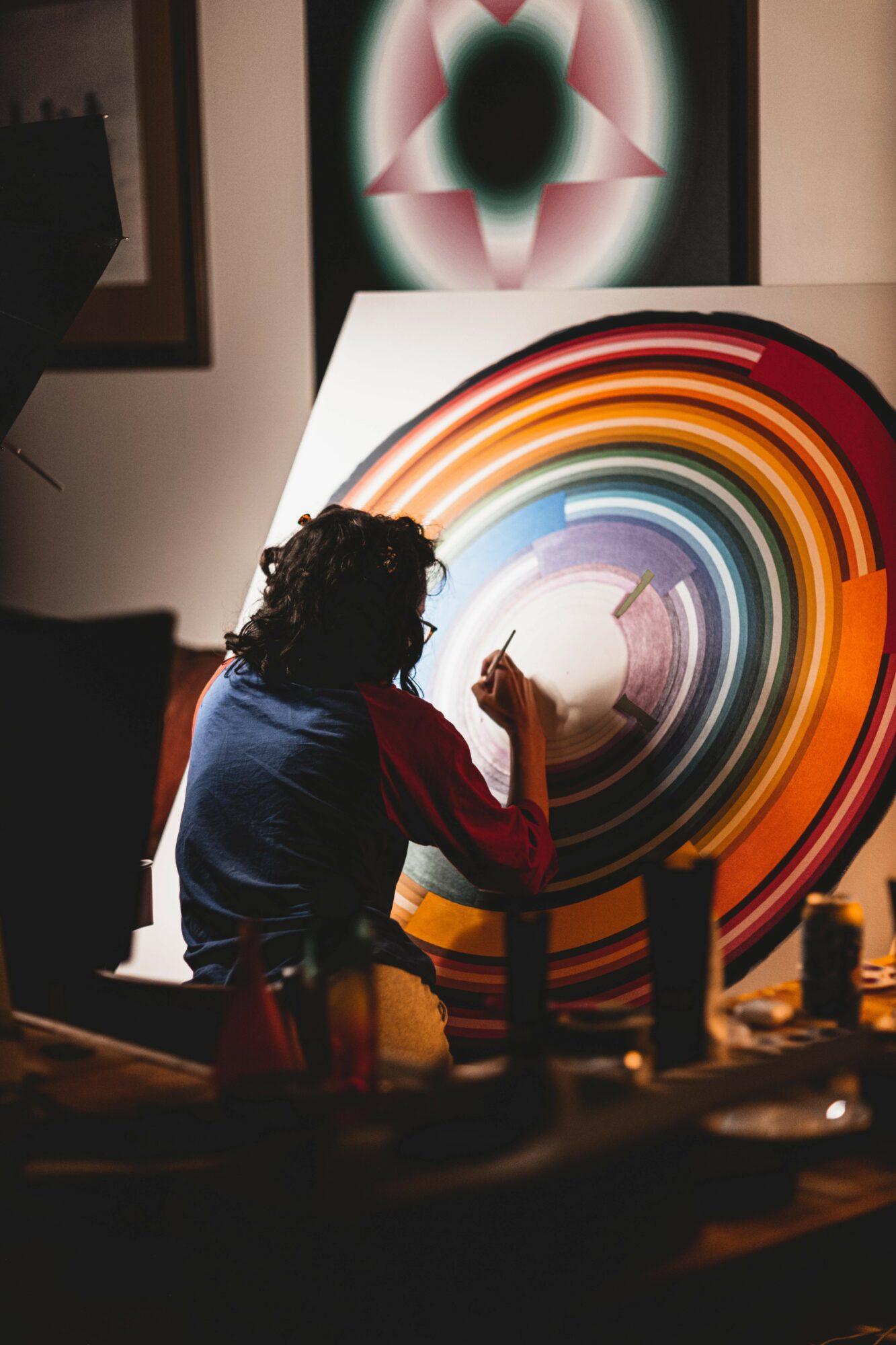
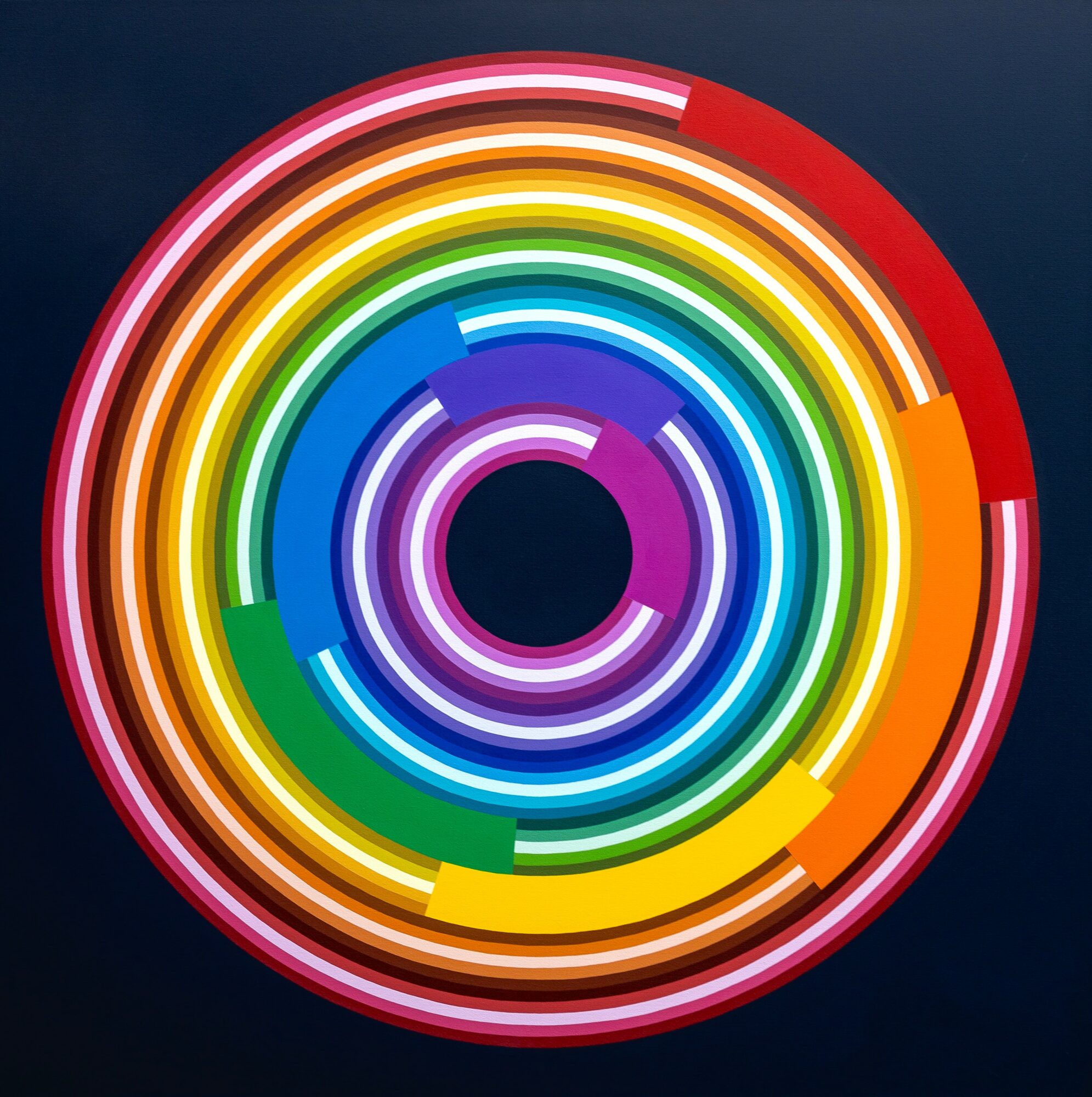
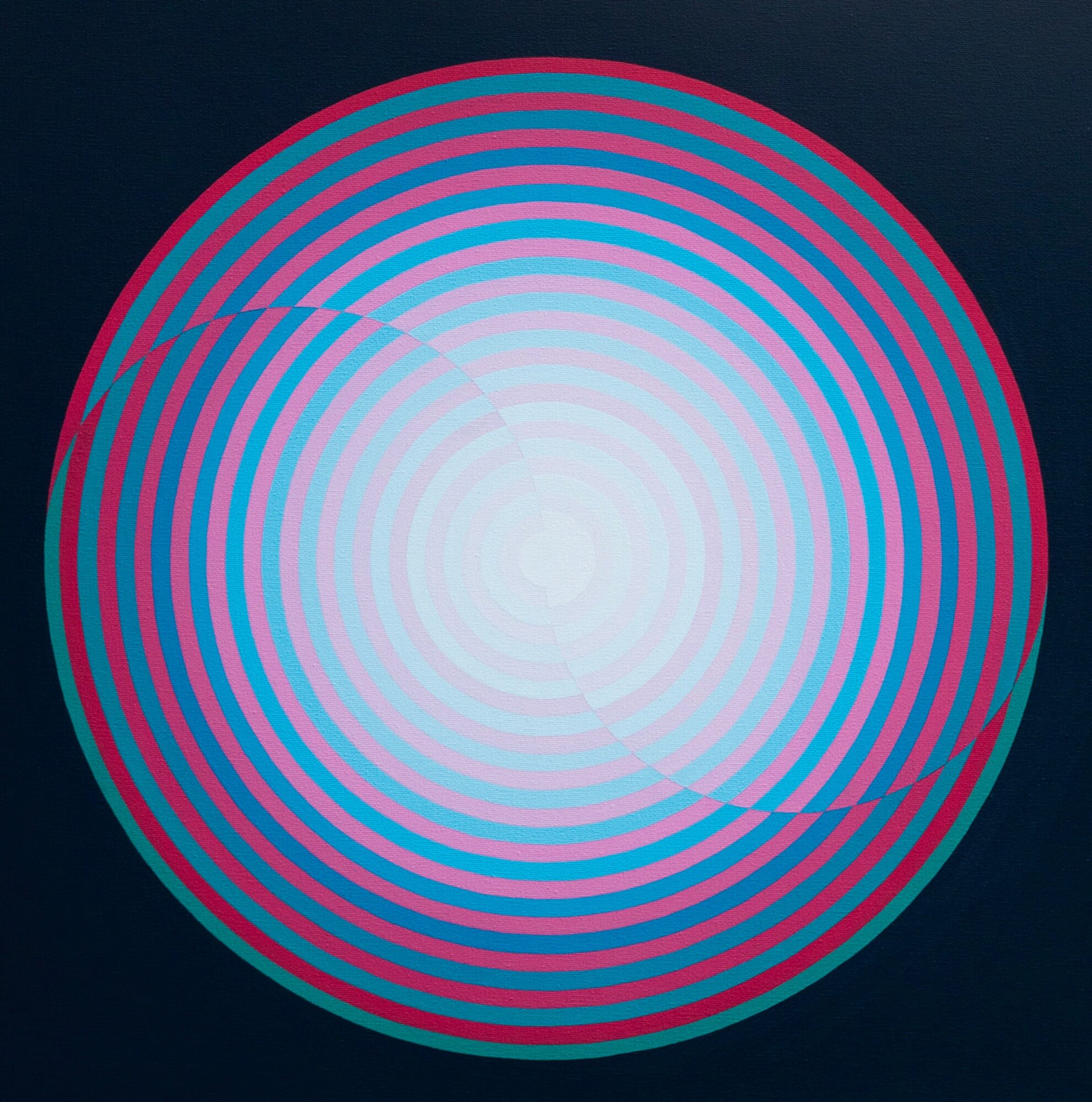
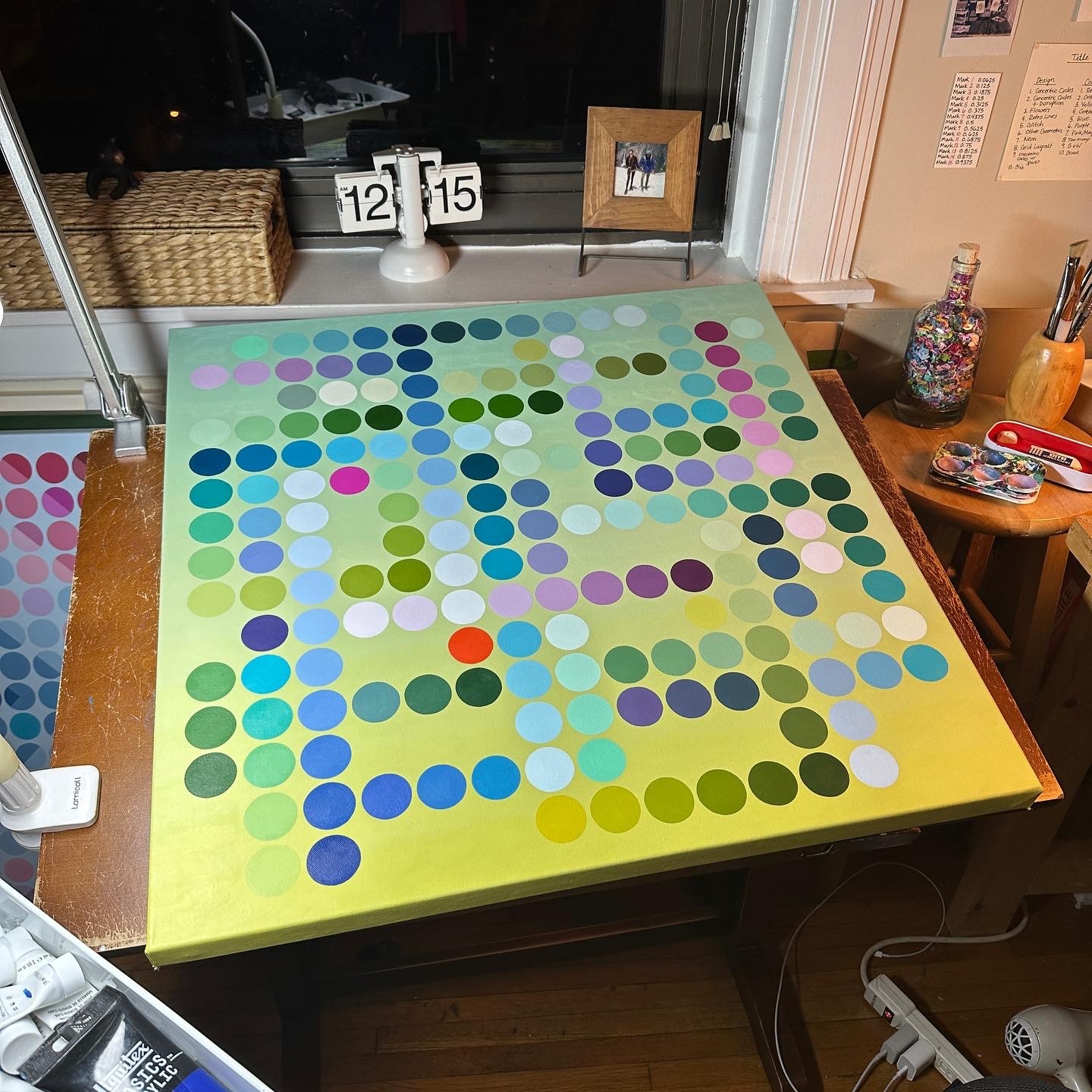
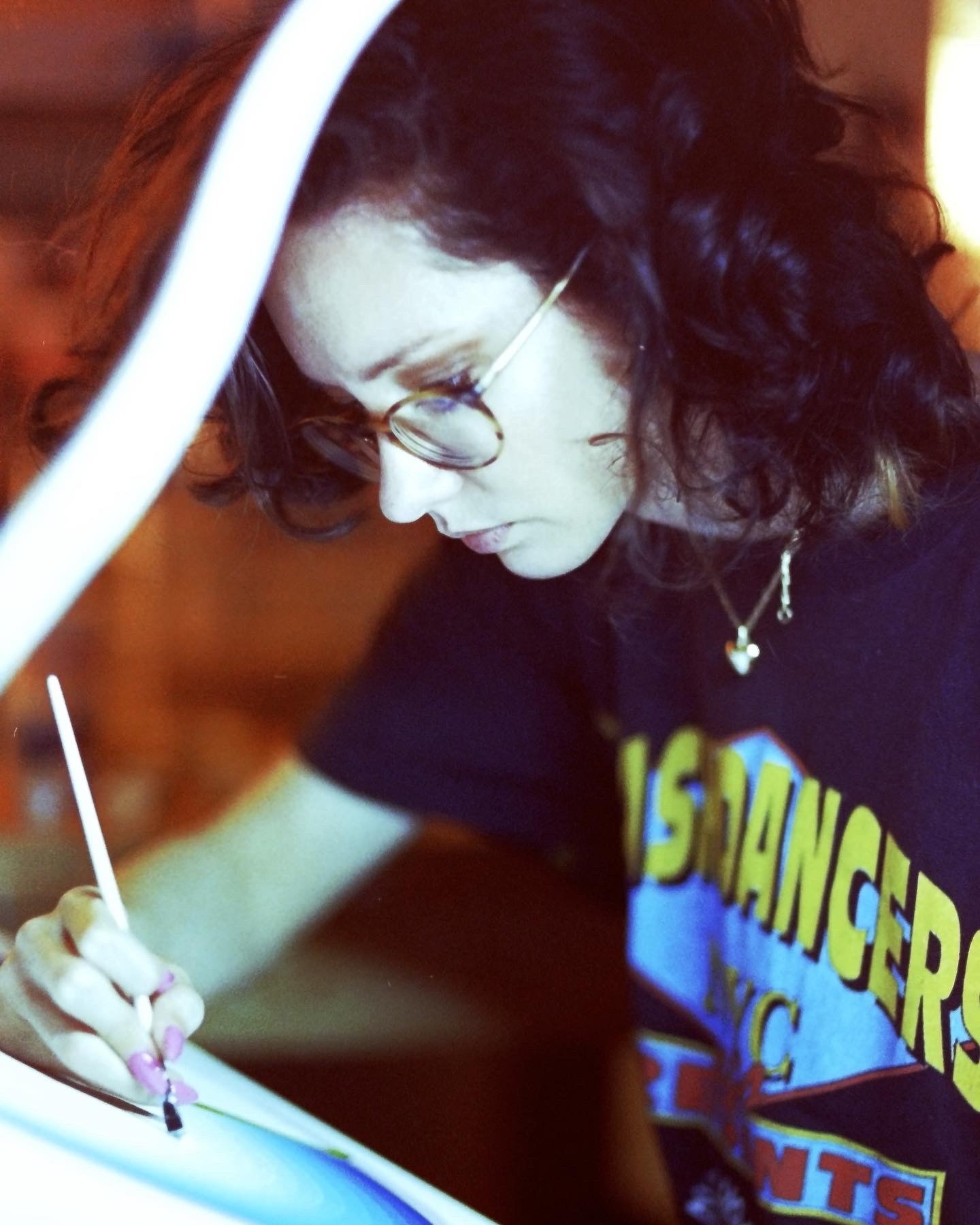
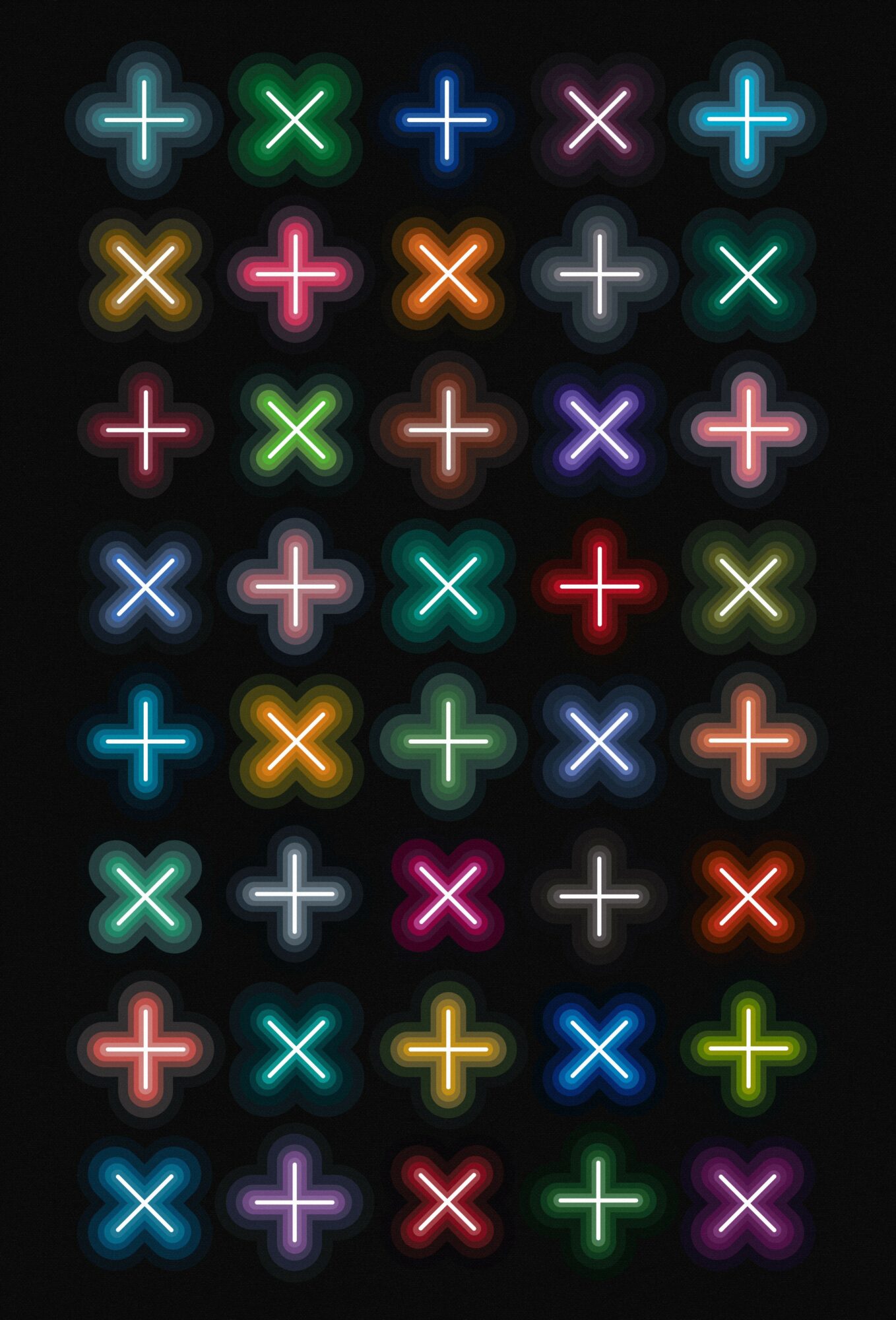
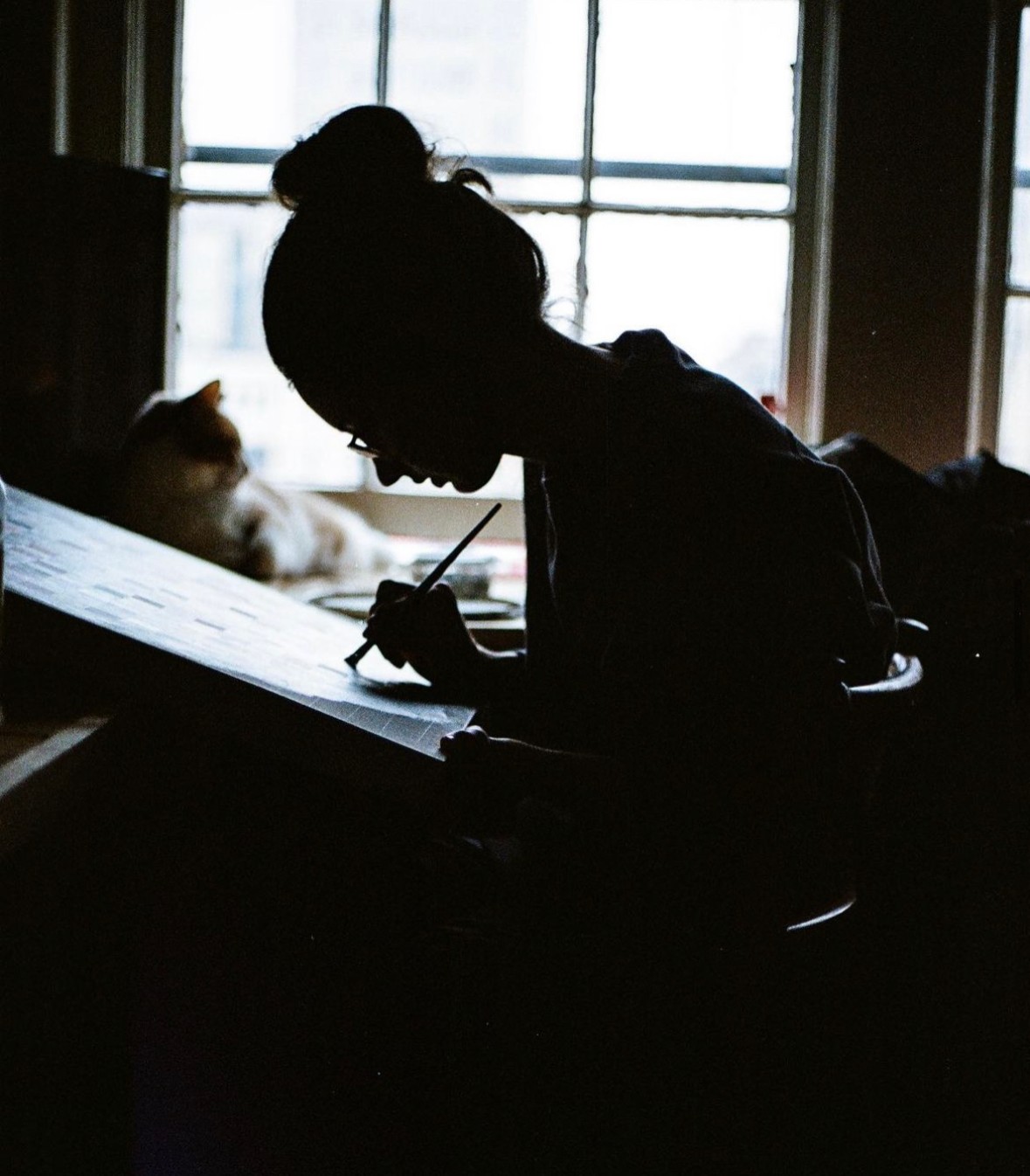
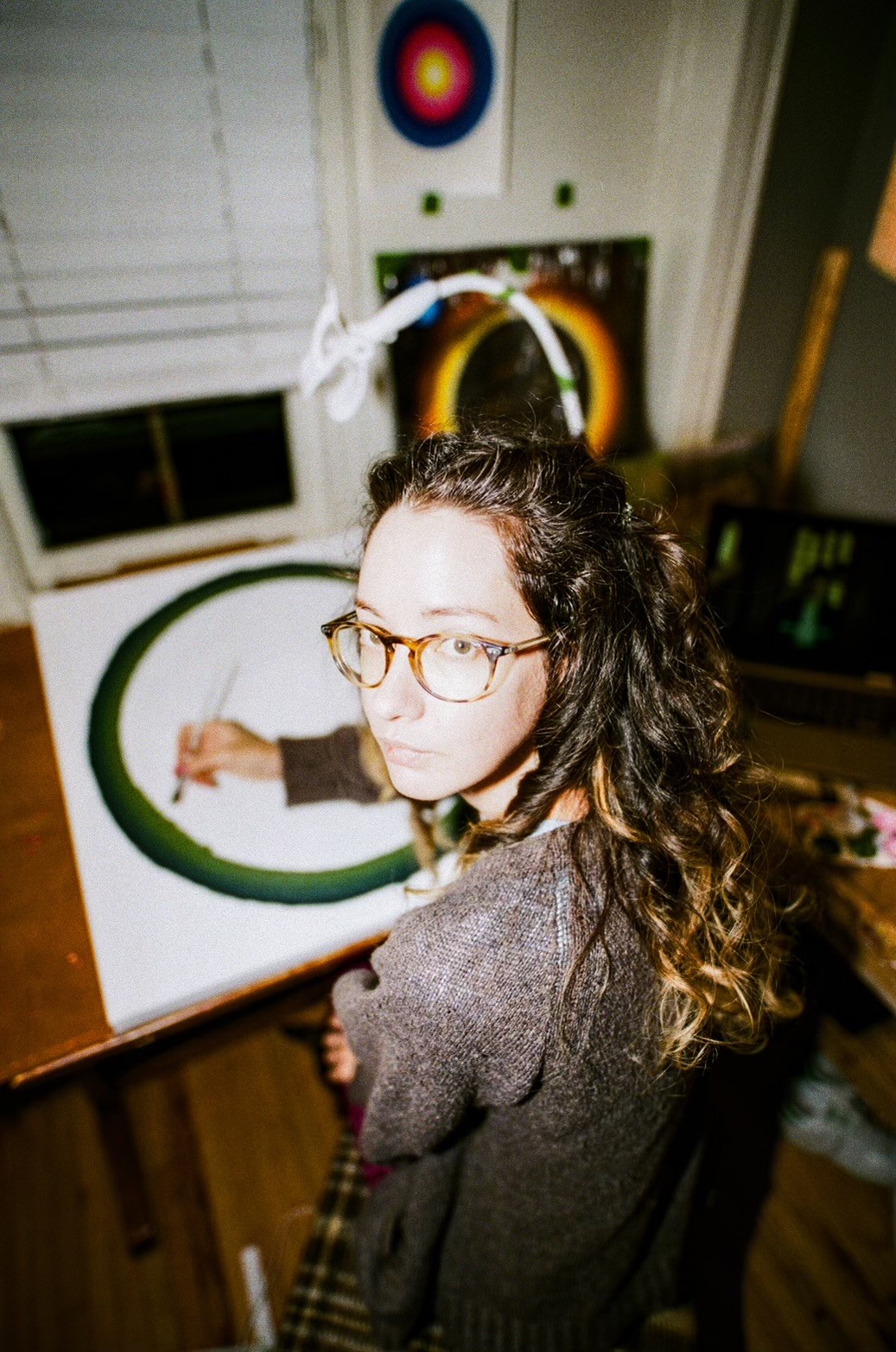
Image Credits
Kobi Childers


